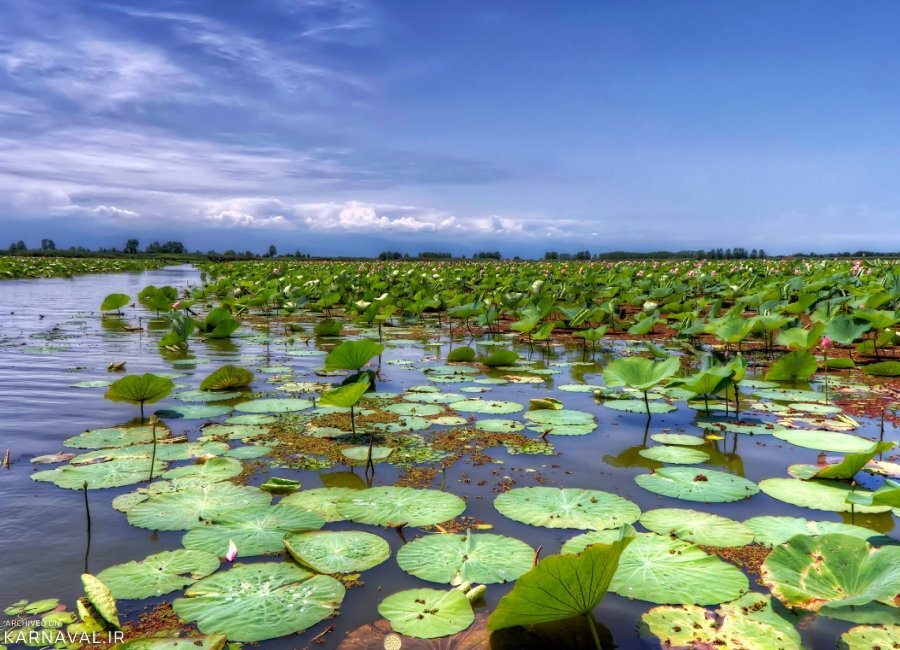$600m earmarked to rehabilitate Anzali Wetland

TEHRAN – A budget of 25 trillion rials (nearly $600 million at the official rate of 42,000 rials) has been allocated for the rehabilitation of Anzali Wetland, deputy interior minister Babak Dinparast has said, noting that the budget has not been provided yet, ISNA reported.
Rehabilitation of Anzali Wetland is a priority for the Department of Environment and its implementation will start in the next Iranian calendar year (March 2021-March 2022) and will take 10 years to be completed.
The most urgent problem that must be solved in Anzali Wetland is the invasive species of common water hyacinth, which is a dangerous invasive plant that grows rapidly in the wetland and is now our only way to counteract is the physical removal of the plant, this invasive plant speeds up water evaporation 13 times and poisons the environment and creates competition for survival among native species.
The plan is prepared, through which, an eco-friendly approach with two important features will be implemented, including cross-sectoral cooperation that involves all stakeholders in reviving the wetland.
Covering more than 19,000 hectares, Anzali Wetland is located near the northern port city of Bandar Anzali, neighboring the Caspian Sea. The wetland was designated as a Ramsar site on June 23, 1975. It is fed by several rivers and separated from the Caspian Sea by a dune system. The lagoon is home to submerged and floating vegetation and also extensive reed beds. It bears international importance in terms of breeding, staging, and wintering waterbirds.
While dams have contributed to human development by providing reliable sources of drinking water and irrigation, hydropower, recreation, navigation, and income, they also can cause considerable damages to the rivers, or deplete fisheries, and alter recreational opportunities.
The lagoon has been listed in Ramsar Convention since December 21, 1975.
Anzali Wetland has suffered huge sediment and sludge accumulation due to the entrance of domestic and agricultural sewage of five surrounding cities, which resulted in a decrease in the wetland’s depth and capacity along with threatening biodiversity.
One of the most important concerns regarding Anzali Wetland is a constant drop in depth which has decreased from 11 meters in the past to 1 meter or even 50 centimeters in recent years.
According to a report published by the University of Tehran in the Iranian calendar year 1395 (March 2016-March 2017), the amount of sediment accumulated in Anzali Wetland is usually 1 to 7 millimeters per year.
If the average sedimentation rate is three millimeters, one meter should be reduced from the depth of the wetland every 30 years, while the wetland’s depth has decreased by 3 meters in the past 30 years.
Undeniably, human involvement has led to such a situation in Anzali Wetland.
FB/MG
Leave a Comment